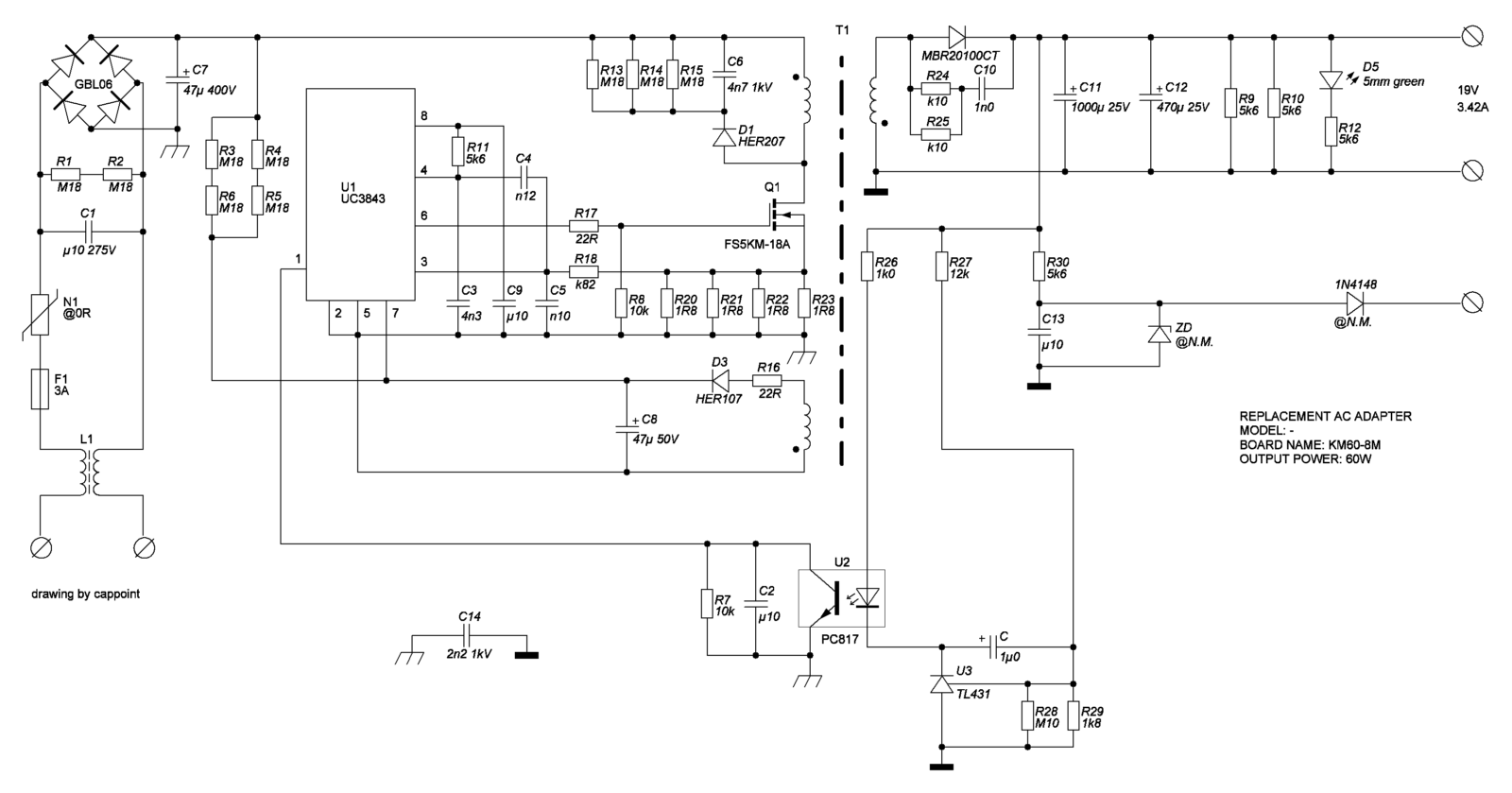Off a financial direction, the interest rate can be defined as both award having postponing the fresh consumption (such, spending less) or fee to have drinking resources if they are not available (such as for instance, to order goods using borrowing from the bank).
In an over-all framework, you aren’t money now may either to expend or cut money for hard times (that have a reward to earn more).On the other hand of the coin, a man as opposed to currency may either borrow funds to invest in something or forfeit the acquisition. The newest debtor needs to pay notice to the financial. The choice to purchase (or not to spend), save your self otherwise borrow naturally utilizes for each and every decision’s outcome. As an example, a person might propose to use because the interest levels try lowest (hence the price of credit try reduced) or cut given that saving interest is actually high (the reward to have postponing consumption try higher).
The attention cost inside the a cost savings are determined by communication of your own request and offer of your own readily available money. Property could be the internet seller away from loanable financing because of coupons, whereas firms and governing bodies is the net demanders ones money, generally owing to securities.
The production curve is short for the amount getting saved throughout the economy. Once the interest rate increases, individuals will want to rescue much more as they begin to rating higher attract money. This type of finance will then usually be available to possess borrowing from the others.
The fresh new demand curve suggests the complete need for borrowing, which will fundamentally fall off since the rate of interest goes up. Since interest rises, the price of credit gets to be more high priced, and individuals are less inclined to acquire.
In the equilibrium, the total amount stored equals the quantity lent, so it being the part the spot where the several shape intersect.
It ought to be listed the balance price can get move reputation due to individuals situations like the advent of a different sort of device with the market.
Interest rate Offer Bases
You can find various methods out of quoting rates. We are going to think three straight ways: Pricing towards U.S Treasury Expense, Pricing on Government away from Canada Treasury Expenses, and you can Productive and you may Continuously Compounded Rates.
Cost to the U.S. Treasury Costs
You.S Treasury costs was an initial-name obligations safeguards issued because of the You.S. government to meet short-name cashflows need. This means that, Us T-Costs are financing into the authorities with a phrase away from below one year. Generally speaking United states T-Bill enjoys a predetermined readiness worthy of.
For example, imagine a beneficial 180-day United states T-Bill which have a readiness value of 100,100000 and you can costing 97,500. The fresh new quoted price in question is offered of the:
Note that the latest cited price was calculated utilising the T-bill’s newest price (as opposed to U.S. T-bill), and also the months within the a-year try 365.
Utilizing the same example, believe good 180-date Canadian T-Expenses that have a maturity worth of one hundred,100 and you may costing 97,five-hundred. The latest cited speed involved is provided with by:
- Just how many weeks inside a year is thought
 is 360 from the You.S. and you can 365 throughout the Canadian.
is 360 from the You.S. and you can 365 throughout the Canadian. - On U.S., the pace was computed utilising the readiness well worth, while, in Canada, it’s the newest cost of this new T-statement utilized.
Energetic and Continuously Combined Costs
Due to such additional basics, the normal convention would be to move rates of interest so you can a familiar feet resulting in both the effective interest rate or the continuously combined rate/force of interest.
Which have i identified as this new active interest. When t try measured in years, i is referred to as active per year interest.
that have r defined as the new constantly compounded rate/force of great interest. And, when t try mentioned in many years, roentgen is defined as constantly combined yearly interest.
